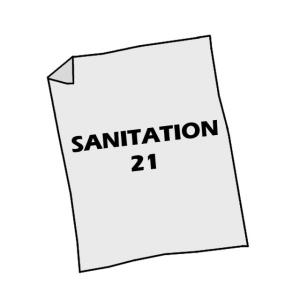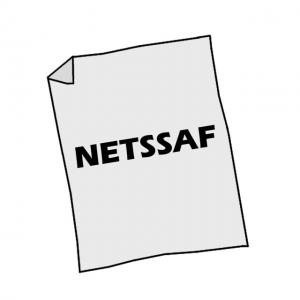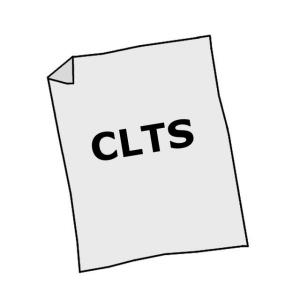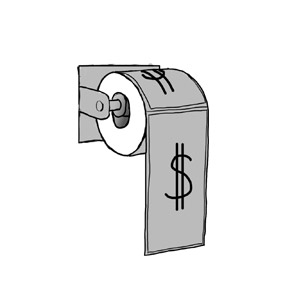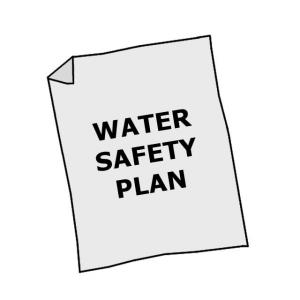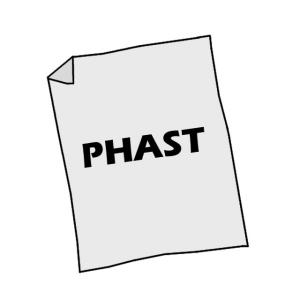Executive Summary
A solids-free sewer is a network of small-diameter pipes that transports pre-treated and solids-free wastewater (such as septic tank effluent). It can be installed at a shallow depth and does not require a minimum wastewater flow or slope to function.
| In | Out |
|---|---|
Blackwater, Greywater, Brownwater, Urine or Yellowwater, Non-biodegradable Wastewater |
Blackwater, Non-biodegradable Wastewater |
Introduction
Solids-free sewers are also referred to as settled, small-bore, variable-grade gravity, or septic tank effluent gravity sewers. A precondition for solids-free sewers is efficient primary treatment at the household level. An interceptor, typically a single-chamber septic tank, captures settleable particles that could clog small pipes. The solids interceptor also functions to attenuate peak discharges. Because there is little risk of depositions and clogging, solids-free sewers do not have to be self-cleansing, i.e., no minimum flow velocity or tractive tension is needed. They require few inspection points, can have inflective gradients (i.e., negative slopes) and follow the topography. When the sewer roughly follows the ground contours, the flow is allowed to vary between open channel and pressure (full-bore) flow.
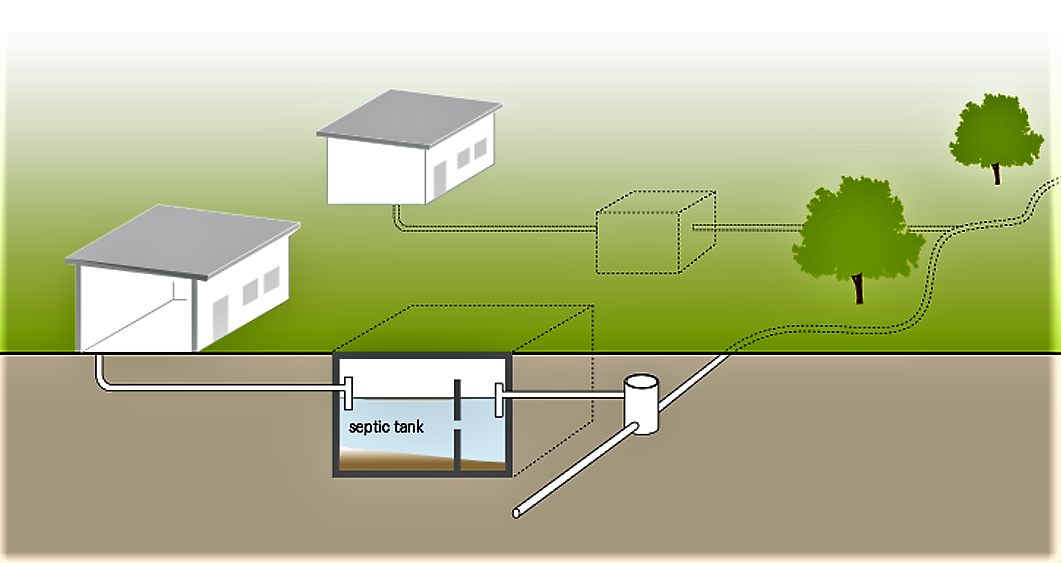
Design considerations
If the interceptors are correctly designed and operated, this type of sewer does not require self-cleansing velocities or minimum slopes. Even inflective gradients are possible, as long as the downstream end of the sewer is lower than the upstream end. Solids-free sewers do not have to be installed on a uniform gradient with a straight alignment between inspection points. The alignment may curve to avoid obstacles, allowing for greater construction tolerance. At high points in sections with pressure flow, the pipes must be ventilated. A minimum diameter of 75 mm is required to facilitate cleaning.
Expensive manholes are not needed because access for mechanical cleaning equipment is not necessary. Cleanouts or flushing points are sufficient and are installed at upstream ends, high points, intersections, or major changes in direction or pipe size. Compared to manholes, cleanouts can be more tightly sealed to prevent stormwater from entering. Stormwater must be excluded as it could exceed pipe capacity and lead to blockages due to grit depositions. Ideally, there should not be any storm- and groundwater in the sewers, but, in practice, some imperfectly sealed pipe joints must be expected. Estimates of groundwater infiltration and stormwater inflow must, therefore, be made when designing the system. The use of PVC pipes can minimize the risk of leakages.
Health aspects/acceptance
If well constructed and maintained, sewers are a safe and hygienic means of transporting wastewater. Users must be well trained regarding the health risks associated with removing blockages and maintaining interceptor tanks.
Operation & maintenance
Trained and responsible users are essential to avoid clogging by trash and other solids. Regular desludging of the septic tanks, is critical to ensure optimal performance of the sewer. Periodic flushing of the pipes is recommended to insure against blockages.
Special precautions should be taken to prevent illegal connections, since it is likely that interceptors would not be installed and solids would enter the system.
The sewerage authority, a private contractor or users committee should be responsible for the management of the system, particularly, to ensure that the interceptors are regularly desludged and to prevent illegal connections.
This type of sewer is best suited to medium-density (peri-) urban areas and less appropriate in low-density or rural settings. It is most appropriate where there is no space for a leach field, or where effluents cannot otherwise be disposed of onsite (e.g., due to low infiltration capacity or high groundwater). It is also suitable where there is undulating terrain or rocky soil. A solids-free sewer can be connected to existing septic tanks where infiltration is no longer appropriate (e.g., due to increased housing density and/or water use).
As opposed to a simplified sewer a solids-free sewer can also be used where domestic water consumption is limited. This technology is a flexible option that can be easily extended as the population grows. Because of shallow excavations and the use of fewer materials, it can be built at considerably lower cost than a conventional gravity sewer.
Innovative and Low-Cost Technologies Utilized in Sewerage
From the original wooden pipes from the 1800's to modern day systems, sewer systems have been a public health concern in urban and rural areas. The report gives technical and design specifications on the new modifications available in sewer systems, including hydraulic characteristics, construction costs, operation and maintenance, and services and infrastructure support.
AZEVEDO NETTO, J REID, R. (1992): Innovative and Low-Cost Technologies Utilized in Sewerage. (= Technical Series No. 29 / PAHO Environmental Health Program ). Washington, D.C.: Pan American Health OrganizationSmall and Decentralized Wastewater Management Systems
Decentralised wastewater management presents a comprehensive approach to the design of both conventional and innovative systems for the treatment and disposal of wastewater or the reuse of treaded effluent. Smaller treatment plants, which are the concern of most new engineers, are the primary focus of this book.
CRITES, R. TCHOBANOGLOUS, G. (1998): Small and Decentralized Wastewater Management Systems. New York: The McGraw-Hill Companies IncLow-cost Sewerage
This article reviews low-cost sewerage options, their potential and their limitations. It also provides guidance on how to choose the most appropriate option, and gives examples of their successful application.
MARA, D. (1996): Low-cost Sewerage. Leeds: University of Leeds URL [Accessed: 28.05.2019]Low-cost Urban Sanitation
This book covers the public health, technical, socioeconomic, sociocultural and institutional aspects of sanitation in towns and cities of developing countries. The text features excreta-related diseases and the use of sanitation to reduce their transmission. The sanitation technologies covered in detail are VIP latrines, pour-flush toilets, septic tanks, settled sewerage and simplified sewerage, with additional chapters on sullage disposal, pit emptying, and sewage treatment and reuse. Sociocultural constraints on sanitation systems and their socioeconomic costing are described, together with hygiene education, which is essential in order to achieve maximum benefits to health. The text also explains how to choose the most appropriate sanitation option for a given low-income community. Finally, institutional aspects are reviewed, including effective sanitation programme planning, monitoring and evaluation.
MARA, D. (1996): Low-cost Urban Sanitation. United Kingdom: WileyThe Design of Small Bore Sewer Systems
This technical document contains information about small bore sewer systems.
OTIS, R. MARA, D. (1985): The Design of Small Bore Sewer Systems. Washington, DC: The International Bank for Reconstruction and Development/The World Bank URL [Accessed: 30.05.2019]
